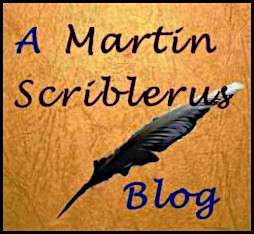It is forty years ago today, the first Thursday in May, that I first voted. In solidly Tory Somerset, I went to High Ham village hall with bright red stickers from the Labour candidate stuck to my motor bike helmet.
Sitting outside the village hall at five to seven this morning, there was still a sense of excitement. Polling day has always to brought excitement. No matter that there was little prospect of backing a winning candidate, there was something about the actual process of voting that was fascinating.
Polling stations have a church-like formality and order.
In the years I lived in Northern Ireland, a big, bored policeman would stand at the door: surely, sometimes there must have been some of them who almost wished that something would happen to relieve the monotony of watching a stream of good citizens come and go.
There might be party tellers, asking one’s electoral number so as to check that all of their party’s vote was got out. Usually they stood at the door, but in at least one Co Down polling station, they were sat at a table inside – two old friends one an Ulster Unionist and one an SDLP member sat at a school desk recording the numbers; had one gone to the toilet, the other would have recorded the numbers for him. Of course, there would be little chance of losing votes to each other, their battle was with the other parties on each side of the divide.
A presiding officer sat sternly watching the proceedings, ensuring all was done properly. A school teacher who performed this task in the school in which he worked was fond of polling day; he was paid for the day as a teacher and as an electoral official.
The clerks sat in pairs with their thick books of tear-off ballot papers and a ruler and pencil with which to cross off each name. A friend arrived at the table on one occasion to discover someone had taken the trouble to vote for him already. At least he was alive, in some places votes were cast on behalf of dead people.
Every time I have engaged in this odd ritual on which democracy rests, the same questions have arisen. Why are the polling booths made of clapboard? Why are votes cast with pencils? (There’s no rubber to erase mistakes). Why are the pencils often blue? And why are polling station signs so often printed in black upper case bold Arial font on a white background?
There was a school book in the 1970s that talked about Manny Shinwell defeating Ramsay MacDonald in the 1935 General Election in Britain – it illustrated its point with a photograph of a polling station, the sign then as it is now.
The doors of the polling station opened and I went in and chatted with the officials. It did not seem like forty years since I had first stood in that clapboard booth.

